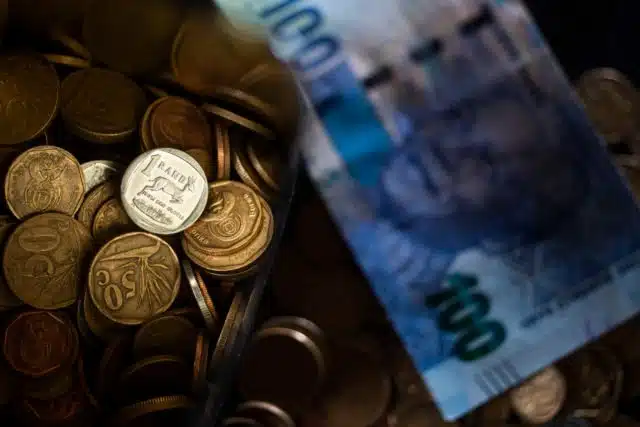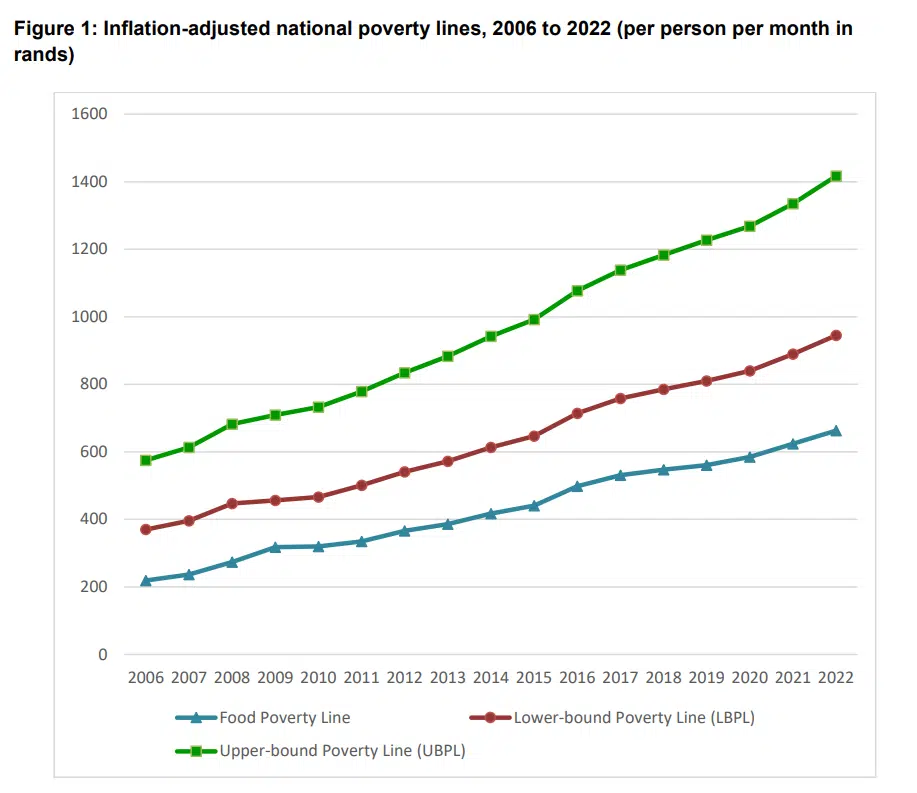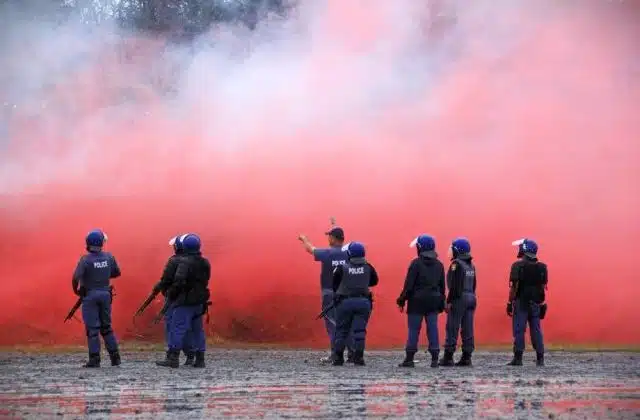
How much money the poorest in South Africa are living on each month
Statistics South Africa has published its updated national poverty lines for 2022.
Poverty lines are important tools that allow for the statistical reporting of poverty levels and patterns and the planning, monitoring, and evaluation of poverty reduction programmes and policies.
The primary purpose of the national poverty lines is to provide a tool for the statistical measurement of money-metric poverty. The lines contain both food and non-food components of household consumption expenditure.
StatsSA tracks three lines – the food poverty line, the lower-bound poverty line, and the upper-bound poverty line.
- The food poverty line is now R663 per person per month, up from R624 previously (+6.3%). This refers to the amount of money that an individual needs to afford the minimum required daily energy intake. This is also commonly referred to as the “extreme” poverty line;
- The lower-bound poverty line is now R945 per person per month, up from R890 previously (+6.2%). This refers to the food poverty line plus the average amount derived from non-food items of households whose total expenditure is equal to the food poverty line;
- The upper-bound poverty line is now R1,417 per person per month, up from R1,335 previously (+6.1%). This refers to the food poverty line plus the average amount derived from non-food items of households whose food expenditure is equal to the food poverty line.
The below graph shows how the inflation-adjusted poverty lines have changed from 2006 to 2022.
While the updated national poverty lines help establish a government baseline, they do not accurately reflect the plight of many poor South Africans, who often end up substantially worse off as they provide for themselves and their family members.
According to the Pietermaritzburg Economic Justice & Dignity group (PMBEJD), approximately 30.4 million people in South Africa live below the old upper-bound poverty line of R1,335. The group estimates that 13.8 million people live below the food poverty line.
The group’s data shows that food prices increased significantly over the past year – rising almost 13% between August 2021 and August 2022 – far outpacing headline inflation at 7.8% and food inflation at 10.1%.
The household food basket it tracks to gauge inflation in low-income households recorded a slight increase in price month-on-month in August.
The group recorded the average cost of its Household Food Basket for August 2022 at R4,775.59. Month-on-month, the average cost of the basket increased by R26.72 (0.6%), while year-on-year, the basket increased by as much as 12.6% or R534.47.
South Africa’s grants range from below to far above the country’s poverty lines.
- Old Age grant (75+): R2,005
- War Veterans grant: R2,005
- Old Age grant: R1,985
- Care Dependency grant: R1,985
- Foster Care grant: R1,070
- Child Support grant: R480
- Social Relief Distress grant: R350
The PMBEJD notes, however, that in August 2022 the average cost to feed a child a basic nutritious diet per month cost R820.26, meaning the grants do not adequately cover the costs.
“The high cost of food remains a major crisis for millions of South African families and continues to frustrate peoples need to live a full productive life, to be able to afford proper nutritious food, and be healthy and well and in control of their future,” the group said.




